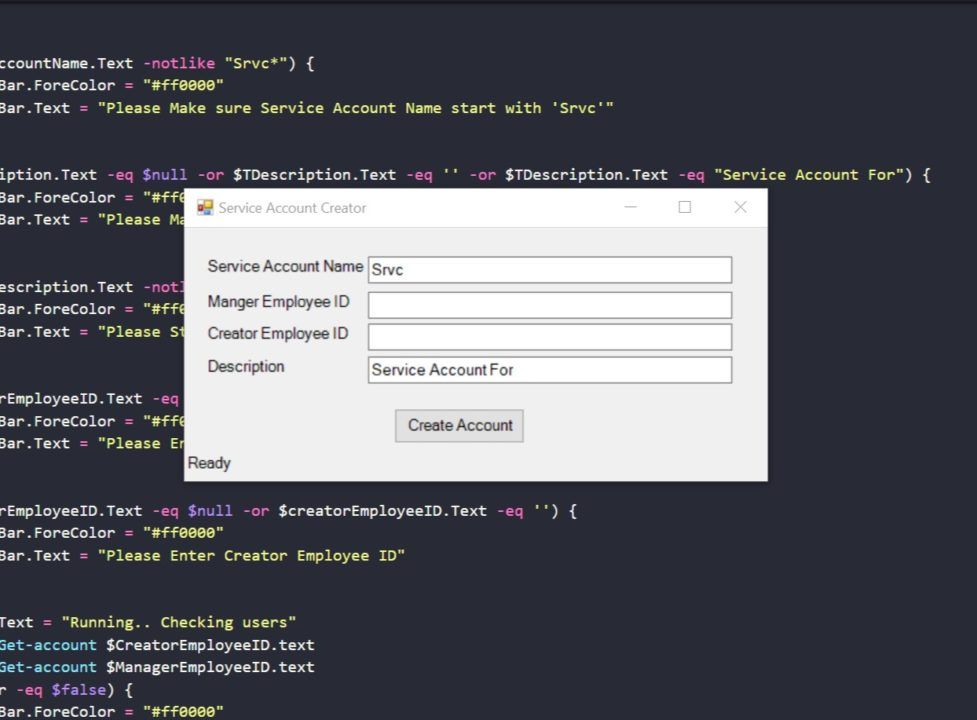
Boosting productivity in DevOps often involves automating tasks and streamlining workflows. PowerShell, with its robust scripting capabilities, is an invaluable tool for achieving this goal. While PowerShell scripts are powerful on their own, combining them with graphical user interfaces (GUIs) can further enhance their usability and accessibility for both technical and non-technical users alike. Below, we explore some examples of how PowerShell GUIs can be leveraged to boost productivity in DevOps:
- Server Monitoring Dashboard: PowerShell can be used to collect real-time performance metrics from servers and display them in a user-friendly dashboard. The GUI can include graphs and charts to visualize CPU usage, memory utilization, disk I/O, network traffic, and more. Administrators can quickly identify performance bottlenecks and take proactive measures to optimize resource usage.
- Deployment Automation Tool: Streamline the deployment process by creating a GUI for managing deployments across multiple environments. Users can select the application version, target environment, and deployment options through the GUI, triggering PowerShell scripts to orchestrate the deployment process. This reduces the risk of human error and ensures consistency in the deployment workflow.
- Configuration Management Console: Simplify configuration management tasks by building a GUI for managing server configurations, application settings, and infrastructure components. Users can modify configuration parameters, apply changes across multiple servers, and track configuration drift using PowerShell scripts executed through the GUI. This helps maintain system integrity and enforce compliance with organizational standards.
- Log Analysis Tool: Develop a GUI for analyzing log files generated by applications, servers, and network devices. The GUI can provide search capabilities, filter options, and visualizations to help users identify patterns, anomalies, and errors in log data. PowerShell scripts can parse log files, extract relevant information, and present it to users in a structured format, facilitating troubleshooting and root cause analysis.
- Database Management Console: Create a GUI for managing databases, executing SQL queries, and monitoring database performance. Users can interactively browse database schemas, view table data, and perform CRUD operations through the GUI interface. PowerShell scripts can handle database interactions behind the scenes, ensuring data integrity and security while improving user productivity.
- Infrastructure Provisioning Wizard: Enable self-service infrastructure provisioning by designing a GUI wizard for requesting and provisioning virtual machines, containers, or cloud resources. Users can specify resource requirements, select predefined configurations, and initiate the provisioning process through the GUI. PowerShell scripts can automate the creation, configuration, and deployment of infrastructure resources based on user inputs, reducing manual intervention and accelerating resource provisioning.
By leveraging PowerShell GUIs, DevOps teams can empower users to interact with complex systems and automate repetitive tasks with ease. These examples demonstrate the versatility of PowerShell in creating intuitive and efficient user interfaces for various DevOps workflows, ultimately enhancing productivity and driving business value.